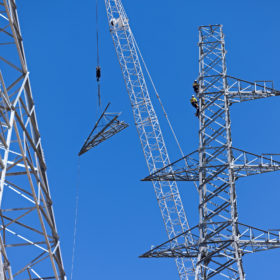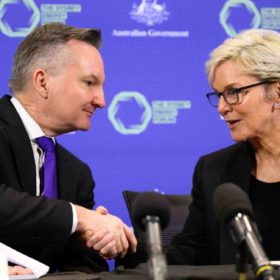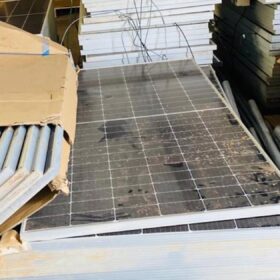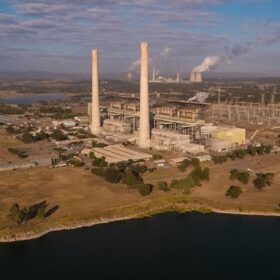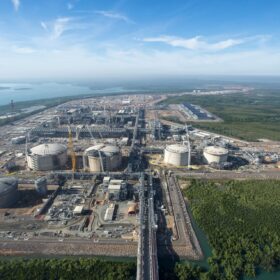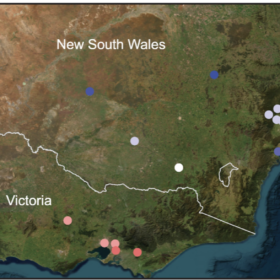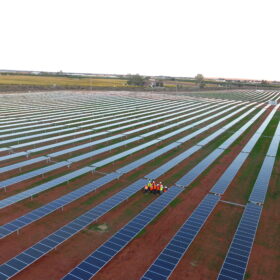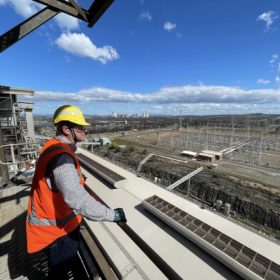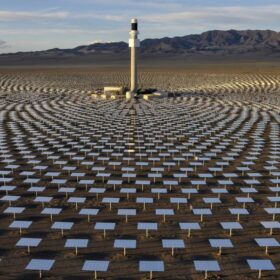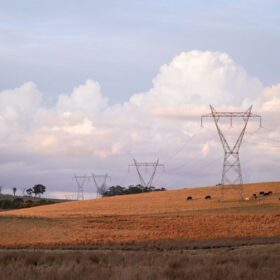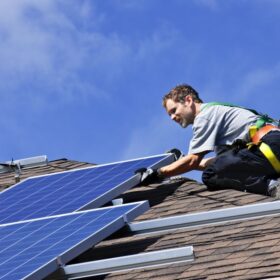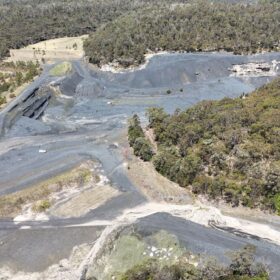Why reform to Australia’s transmission regulations is urgent
The Australian Energy Market Operator (AEMO) has renewed its calls for a fast-tracking of new transmission links, saying that parts of the country’s main grid are effectively in gridlock and causing unprecedented amounts of wind and solar to be curtailed.
Why Australia needs friends (and a climate AUKUS) to reach its climate goals
AUKUS has been widely hailed as Australia’s largest-ever defence investment and the Quad as a new focus for defence strategy – but what do they mean for our energy landscape? SMA’s Joshua Birmingham argues it’s time to look beyond defence cost and grow our relationships to fight the climate change war.
Green hydrogen funding a step forward – but a step doesn’t win race
It sounds like a lot. Kickstarting green hydrogen in Australia with $2 billion (USD 1.35 billion) to subsidise early production and making the energy-dense gas competitive. A goal of up to a gigawatt of electrolyser capacity within seven years.
How to turn 450,000-tonne mountain of used solar panels into a valuable asset
There were an estimated 100 million individual solar panels in Australia at the end of 2022. We estimate this number will likely grow to over 2 billion if we are to meet Australia’s 2050 net-zero emissions target. This growth means Australia is facing a 450,000-tonne mountain of used PV panels by 2040.
It’s the Liddell things that matter
AGL Energy last week shut its Liddell coal-fired power station in the Upper Hunter, ending generation from the site after more than five decades. Cornwall Insight Australia energy market analyst intern Darshitha PP takes a look at how the grid coped after the unit went offline.
Why green ammonia may not be that green
Ammonia has been in the news because of its suitability as a hydrogen carrier and fuel, in addition to being a vital ingredient in fertiliser. Existing distribution networks and the ease of turning ammonia gas into a liquid make ammonia a cost-effective way to transport renewable energy.
Predictability of regions’ renewable resources has a material impact on project profits, study finds
While many forecasting tools have been developed to improve forecasts of renewable generation, their accuracy is limited by the inherent predictability of the data used – that is, how predictable the renewable resource is in different regions and times of the year. University of Adelaide researcher Sahand Karimi explains why predictability matters and how considering it can save consumers and investors millions of dollars.
To be truly sustainable in our energy transition, we need to think local
This year, I’m celebrating 13 years of working in renewables in Australia. Reflecting on what I’ve learned in my career, especially in undertaking the daunting task of founding an Australian EPC firm, the key lesson has been an obvious yet critical one: to achieve local energy goals, we must think locally.
NSW power prices to surge during peak periods after Liddell power station closure
According to findings by Cornwall Insight Australia, this week’s closure of Liddell Power Station is expected to drive up average power prices during peak periods in New South Wales (NSW). Prices, particularly in the summer, are expected to be higher compared to the previous three years.
Batteries won’t cut it – we need solar thermal technology to get us through the night
Australia’s transition to renewables is gathering speed, but there’s a looming problem with storage. We will need much more long-duration storage to get us through the night, once coal and fossil gas exit the system.
